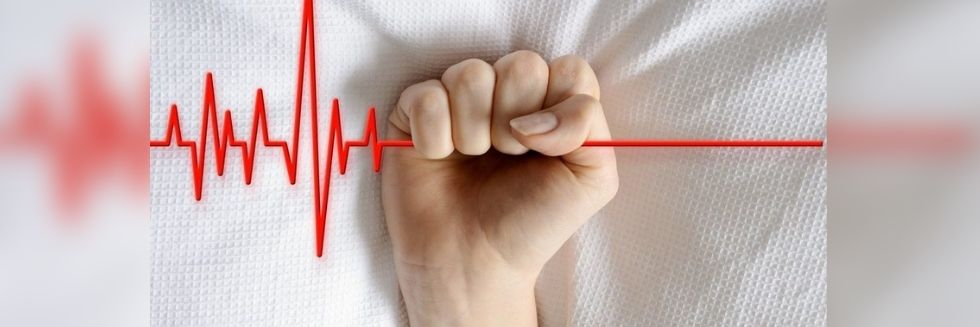“Right to Die with Dignity Is an Intrinsic Facet of Right to Life Guaranteed Under Article 21.”
In the 2018 landmark judgment, the Supreme Court of India declared the right to die with dignity as a fundamental right by passing an order allowing End of Life Care (EOLC) and passive euthanasia. The five-judge bench approved the concept of “living will” to provide terminally ill patients or those in a persistent and incurable vegetative state (PVS) a dignified exit by refusing medical treatment or life support.
Euthanasia Vis-A-Vis Article 21 of Indian Constitution
“A dying man who is terminally ill or in PVS can make a choice of premature extinction of his life as being a facet of Article 21. We must make it clear that as a part of the right to die with dignity in a case of a dying man who is terminally ill or in PVS, only passive euthanasia would come within the ambit of Article 21 and not the one which would fall within the description of active euthanasia in which positive steps are taken either by the treating physician or some other person,” said the five-judge bench comprising of then CJI Dipak Misra, Justices A K Sikri, A M Khanwilkar, D Y Chandrachud, and Ashok Bhushan.
What is Euthanasia?
Euthanasia means to hasten the death of a patient to prevent further suffering. This voluntary embracing of death by the patient is also known as ‘mercy killing’ or ‘dayamaran’. The term Euthanasia is a combination of two Greek words, ‘eu’ which means ‘good’ and ‘Thanatos’ which means ‘death’.
Euthanasia is legalised in Switzerland (1942), Australia (1996), the Netherlands (2001), Belgium (2002), and Luxembourg (2009).
Active Euthanasia
In active euthanasia, a physician deliberately uses a lethal substance to end the incurably or terminally ill patient’s life. This is a more controversial type of euthanasia that is illegal in most countries.
Passive Euthanasia
In passive euthanasia is when death is caused by withholding or withdrawing treatment which is necessary for maintaining life. Supreme Court allowed passive euthanasia through an advance directive or living will with a motive to ‘save a helpless person from uncalled for and unnecessary treatment when he is considered as merely a creature whose breath is felt or measured because of advanced medical technology.
Voluntary euthanasia – at patient request,
nonvoluntary – without patient consent,
involuntary euthanasia – patient is not in a position to give consent
Living Will
Terminally ill people or those with deteriorating health can make a “living will” at a prior stage when the person is capable of making informed decisions by choosing not to remain in a vegetative state with a life support system if they go into a state when it will not be possible for them to express their wishes.
The person should not be under the influence of someone to make a living will.
Aruna Ramchandra Shanbaug: A Landmark Judgment
A sexual assault victim Aruna Ramchandra Shanbaug remained in a vegetative state for over 42 years. While working at King Edward Memorial Hospital, Parel, Mumbai, she was sexually assaulted by a ward boy, Sohanlal Bhartha Walmiki in 1973. The court rejected her petition for euthanasia in 2011 and however, the apex court legalised passive euthanasia in India. She died of Pneumonia in 15.
As per the top guidelines, the decision to withdraw treatment, nutrition, or water, or to discontinue life support must be taken by parents, spouse, or other close relatives, or in the absence of them, by a “next friend”. The decision also requires court approval.
Assisted Suicide
Intentionally helping another person to kill themselves is known as assisted suicide. A physician-assisted suicide refers to when a doctor assists a person to commit suicide on their request.
Buddhism and Jainism allow euthanasia while Hinduism, Islam, and Christianity oppose it.
This article is written by Varsha. You can reach out to the author via email at bnbvarsha@gmail.com.





